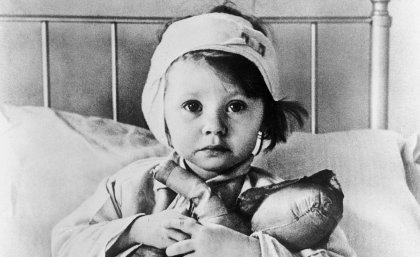
Assault-related injuries are significantly more severe and lead to greater long term disability in Queensland than do childhood injuries from accidents, a child safety researcher says.
The University of Queensland’s Professor Justin Kenardy has highlighted the shocking statistics to encourage the federal government to keep children front and centre of its new $100 million domestic violence policy.
Professor Kenardy said 2012 research from Queensland’s trauma registry showed children under the age of one were experiencing assaults at a rate similar to adolescents, but their outcomes were three times as severe.
“As well as loss of life, we are also talking about psychosocial problems, loss of quality of life, disability in survivors, and an enormous economic burden,” he said.
“It’s encouraging the federal government has committed new funding to addressing domestic violence, but I encourage them to keep child victims at the forefront of their programs and policies.”
Professor Kenardy, who works with the UQ School of Psychology and the Child Health Research Centre, said proven prevention and intervention strategies could arrest the cycle of violence over time.
Some high-profile domestic violence cases in south-east Queensland have drawn particular attention to the issue of domestic violence in recent weeks, but Professor Kenardy said the problem occurred around Australia in all sorts of environments.
“Rates of assault-related injury for Indigenous children are highest outside major urban areas,” he said.
“Indigenous female children have the highest rate of assault-related injury, 15 times higher than non-Indigenous females.
“Research showed the majority – 63.9 per cent – of assault-related injuries on children younger than 12 occurred within the home.”
The most frequent injuries from assault in infants were head and brain injuries.
Professor Kenardy worked on the 2012 study with fellow Queensland researchers Dr Fumiko Irie, Jacelle Lang, Dr Melissa Kaltner and Dr Robyn Le Brocque, and it was published in the journal Injury.
Media: Professor Justin Kenardy, +61 7 3346 4859, j.kenardy@uq.edu.au ; UQ Communications, Robert Burgin, r.burgin@uq.edu.au, +61 7 3346 3035, +61 448 410 364,
.jpg)










